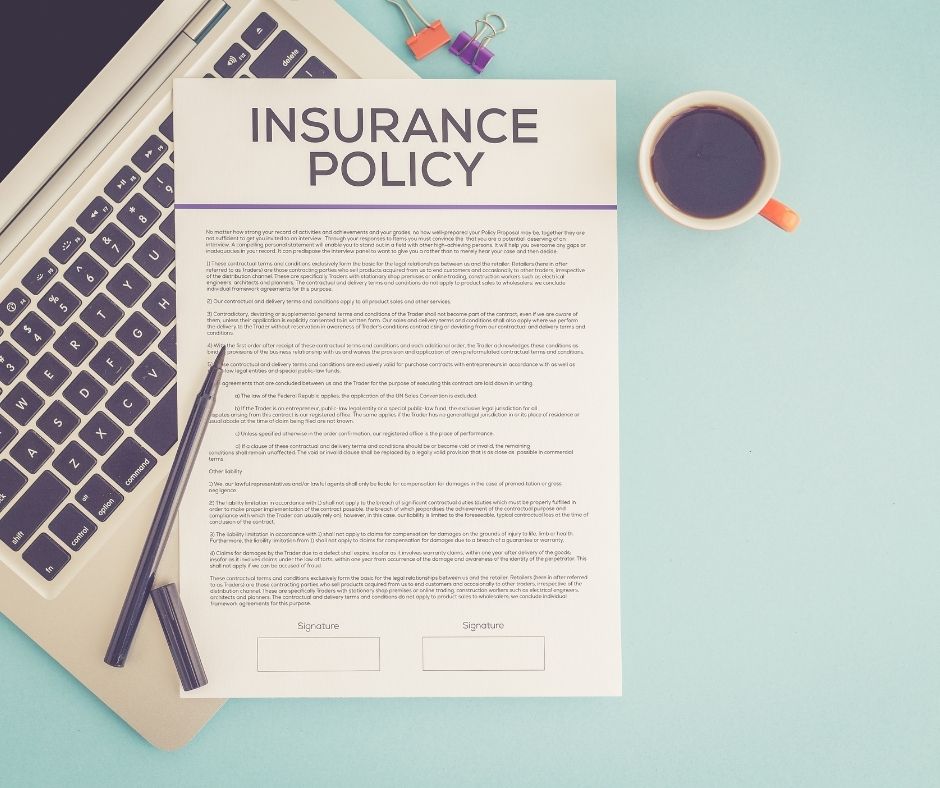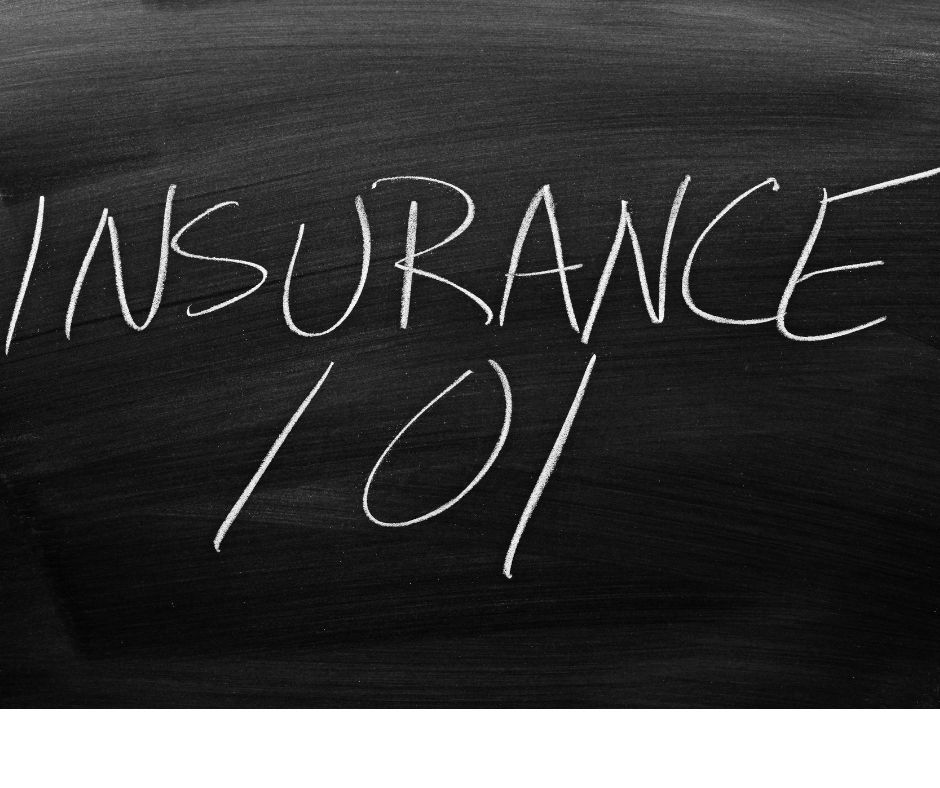We've all heard the phrase, "buy term and invest the difference." There's a lot of debate within the financial services industry regarding the benefits of whole life insurance.Why is it that some people are opposed to or in favour of whole-life insurance? It's not a religious concept. It's not something that you believe in or isn't. It's an insurance product, and customers must understand all their options, regardless of the advisor's personal opinions. There are some significant distinctions between term and full life insurance. Financial planners are accountable for revealing these differences so the client can decide which is best for their interest."Buy term insurance and put the difference into investing" is a simple concept to comprehend. It is buying short-term insurance and then investing that difference between the price that permanent life insurance would cost for the same price (death reward) in something that offers the potential for a higher and better rate of returns. The adage implies that life insurance in its entirety isn't a wise option because it can yield more return by investing in something else.Your clients should consider purchasing the term policy (if it's appropriate for their situation). There's nothing wrong with term insurance as an option for your clients to safeguard their families. Term insurance has a function which is security and peace of mind. Don't underestimate the power of peace of mind.The most significant drawback of term insurance is that there is no benefit payable unless you die during the time it is still in effect. Because term insurance is typically used between 30 and 60 individuals, most people don't consider the life insurance benefit. It's not an enjoyable subject, but it's a crucial part of your client's strategies.I don't think we're being naive. It's great information that term insurance doesn't offer a benefit you would likely to cash out. This is something that should be celebrated! But what happens later in life? When will we eventually be used to the idea (unless you are aware of something that we do not)? In that case, term insurance isn't a good idea, and it can feel like money is going down the drain.Again--term insurance is an excellent instrument. The misconception is that term insurance and investments can produce a higher profit than full life insurance. On the surface, full life insurance appears to have higher rates (and technically, this is true). This is why the concept that you can "buy time and then put money into" is so well-known, as it gives people the impression that they're getting more for their money. This is mainly because many believe that risk profit; i.e. investing in risk, they'll make money. But it's rarely in that way.And of the main reason this approach does not work is that many families do not invest the extra. Lower premiums appear as if it's more in the customer's wallet. However, the insurance they purchase is purely cost (unless they choose to use it, which isn't the best solution).The "extra" cash becomes an opportunity to spend even though it's a weak argument. The term insurance policy is only for a short time; therefore, any financial gain is only realized when there is a death. Is that an appropriate reason to pay the extra money? So I decided it was time to write about the subject everyone has been waiting for life insurance! I'm confident that the claim is only true for a few readers. However, it's a topic that deserves a comprehensive discussion.There are many aspects of Life insurance I'd like to discuss in the future in my articles. I'll address the debate surrounding the concept of 'buy term, put money into the rest.'Does this adage seem familiar to you? Have you spoken with your insurance broker about term coverage and received an explanation of the benefits of permanent insurance (also known as a cash-value policy)? Which is better? buying term insurance and investing the difference, or purchasing an insurance policy with a long-term term which creates cash value? The quick answer is: it's a matter of. Let me discuss a few concerns about 'buying a term, and investing it' and purchasing an ongoing policy of insurance policy.'Buying terms and investing in the differences means using the amount it will cost to purchase the permanent life insurance policy and then comparing it to the price of a term plan for the same value (death benefit) in the exact duration (or time) it's required. In this instance, though many types of insurance are available, we'll use a full life insurance policy as the permanent life insurance policy. Term insurance is much more affordable than whole life insurance in the beginning. So, when you compare the cost for the various policies, you can take the amount you'd have spent on the entire life insurance policy and put it in a Term insurance policy instead.Let's look at some numbers to check how that works out.The price for an entire life insurance policy of $250,000 for a 40-year-old male who does not smoke at the recommended rate class can differ between products and even from company to firm. However, one quote from a reputable business I represent is around three hundred dollars per year. After 20 years, the cash value will be $70,018; however, at present, the value will be $105,721, and the death benefit has increased to $326,352.The price for an insurance policy of $250,000 and 20 years term insurance policy with the same criteria would be around $33 each month.Taking this difference of $ 324 per month, putting it into an investment over 20 years with an annual rate of 8% could yield an amount in the range of $190,843.So it is evident that buying term insurance and investing in the different approaches will be superior, right? This is where it depends.'One of the most important questions to ask is: What do you intend to accomplish with the money you're considering or putting into the life insurance policy or investment or investment?' What a full life insurance policy provides that an investment option doesn't have includes guarantees guaranteed by the financial strength of the insurance company issuing the policy. When you invest in your account, you may be earning 8% for the first 19 years, but an economic downturn cuts your portfolio down by 20 per cent or more by the time you reach 20. This won't happen with a whole life insurance policy. when you pay the stipulated premiums in time, you'll have the cash value as stated on the plan. This means that whole life insurance takes the risk of investing away from the equation.Another concern is whether you invest the difference. Many people don't think so. They purchase the cheapest term insurance but never create their monthly recurring investment account. They are therefore protected against unexpected death, but they aren't placing money into something designed to increase over time. A whole life insurance policy creates the issue that you need to pay the sum into the policy to keep it running. Of course, there is the chance that the cash flow you'll receive in the future isn't the same and could hinder your ability to pay those premium payments. If this is a possibility that is a concern for you in your particular situation, a life-long policy might not be the most suitable option for you. Still, other permanent, flexible premium policies could be more suitable for you. When cash value increases over time, it's possible to end paying your premium completely out of pocket and instead make use of the option of surrendering your paid-up additions or other strategies to ensure your policy is in good standing. I apologize for using the term "insurance" and chuck this out to let you know that there could be some flexibility in the future, whether real life or a different type of life insurance policy that is permanent is used.And how do you get the money from the policy or investment or the investment, based on the option you prefer? If you're investing the surplus in a non-qualified investment account, you may be able to tax the growth according to the current capital gains tax rate. Dividends are taxed as income during the year in which they are received. If you're using a qualified account, like the classic IRA and a 401(k), the dividends will not be taxed until you have withdrawn your funds, and your growth after that will be taxed in the actual income.Usually, the most efficient method to obtain the cash value of an insurance policy is to do so) through the process of withdrawing premiums and then using loans, or) through loans. Cash value withdrawn more than the amount paid in premiums will result in that sum being taxed as income for the current year; therefore, the withdrawals and loans must be set up properly. The main advantage of taking money from insurance policies is that, if done correctly, both the amount and the increase can be withdrawn without tax. There are a few locations to invest money, grow it, and then take it out without paying taxes. Life insurance is one of them. list. If you're in a tax-free income bracket, it could provide a benefit that can offset the slower growth estimates for permanent life insurance compared to investing the difference. If you aren't a fan of taxes or how they may turn in the future, a life insurance policy may interest you. With the USA with more than $16 Trillion in national debt, Do you believe that the future tax rates will be higher or lower than what they are now?



